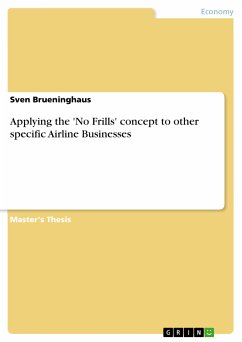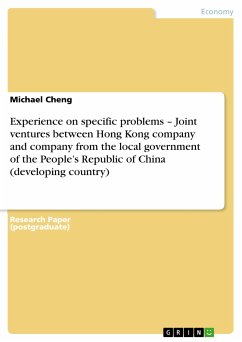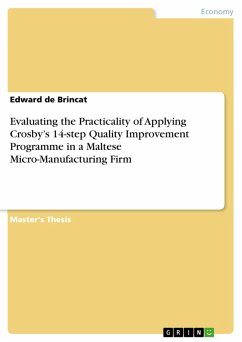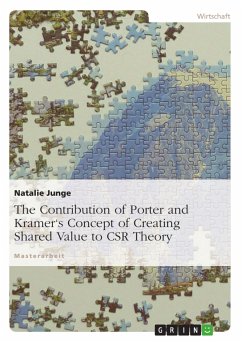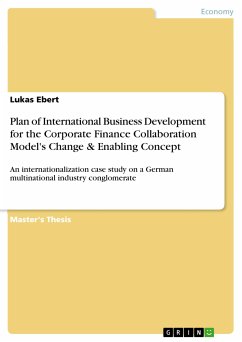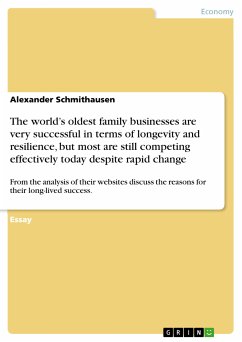Master's Thesis from the year 2004 in the subject Business economics - Business Management, Corporate Governance, grade: 1,7 (A-), University of Applied Sciences Essen (IOM Frankfurt), language: English, abstract: The ‘No Frills’ Airline concept is not a phenomenon of the last couple of years in the Airline industry even if the recent development of these carriers in Europe might lead to this conclusion. The first Airline operating under the ‘No Frills’ concept started in the beginning of the 1970ies in the USA and it took quite a while until this concept was followed by Airlines in Europe, South America and Asia/Pacific. There were a lot of ‘No Frills’ Airlines coming and going again in the last 33 years. To start an Airline and define it as a ‘No Frills’ carrier seems to be not enough to be successful in the market for a lot of years. Only a very restricted number of these Airlines were successful and profitable for years. The question is why. What are the reasons why some ‘No Frills’ Airlines are surviving and others do not. This is one of the questions which will be answered in this paper. The low cost and low price strategy which is the basis for the ‘No Frills’ concept in the Airline Industry is a business concept which was described by Porter as one of the basic strategies a company can follow. This strategy was followed by a lot of companies in other industries like ALDI, IKEA and Toyota. These companies followed successfully the cost leadership strategy but adopted also other strategic goals to their business concept like quality and corporate culture items. The cost leadership strategy is nothing new but how can it be reached and maintained in the Airline industry? What are the prerequisites and the required activities to be successful in this industry with this concept? In this paper answers to these questions will be given.

